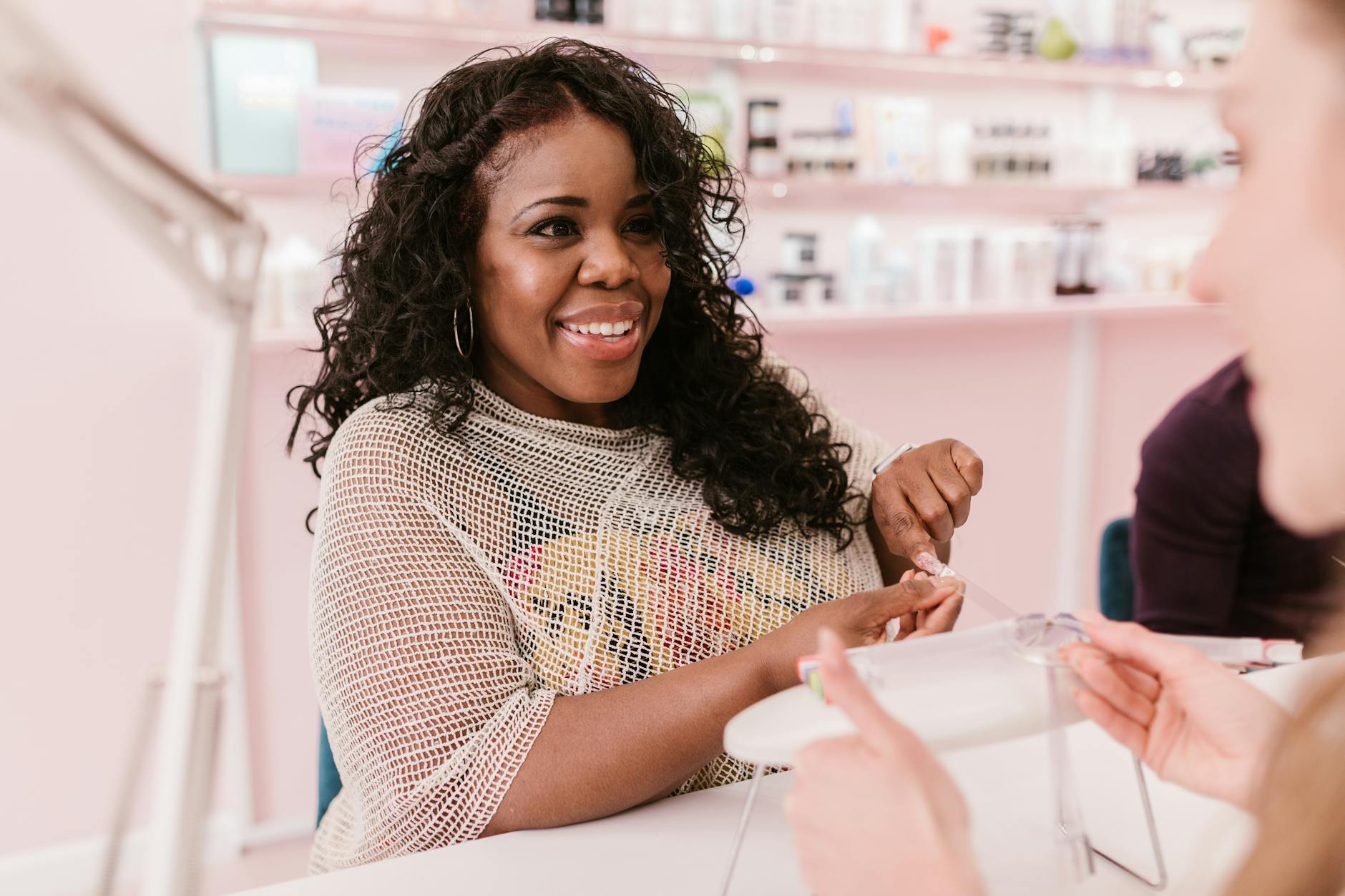Navigating the Labyrinth: The Essential Role of the Criminal Defense Lawyer
More Than Just a Legal Advocate, They Are the Bulwark of Justice in an Imperfect System
The scales of justice, often depicted as balanced, can sometimes feel precariously tilted. In the often daunting and emotionally charged landscape of the criminal justice system, the role of the criminal defense lawyer emerges not merely as a professional necessity, but as a fundamental pillar of individual liberty and systemic fairness. While the public perception of these legal professionals can be varied, often shaped by dramatic portrayals in media or polarized political discourse, their actual function is far more nuanced and critical. This article will delve into the multifaceted world of criminal defense attorneys, exploring their vital contributions, the challenges they face, and their indispensable place in upholding the principles of justice.
The very concept of a criminal defense lawyer is rooted in a bedrock principle of democratic societies: the right to a fair trial. This right, enshrined in legal traditions and constitutional frameworks across the globe, presumes innocence until proven guilty and guarantees that every accused individual, regardless of their alleged actions or societal standing, has the right to legal representation. Without skilled defense attorneys, this principle would be little more than an empty promise, leaving individuals vulnerable to the immense power of the state and the inherent complexities of the legal system.
This exploration will be guided by an objective lens, seeking to provide a comprehensive understanding of the criminal defense lawyer’s role, informed by factual analysis and an appreciation for the human element involved. We will examine the historical context of their emergence, dissect the intricate processes they navigate, weigh the inherent difficulties against the profound rewards, and consider the evolving landscape of criminal defense in the 21st century.
Context & Background: The Evolution of Defense in Law
The need for legal defense in criminal matters is not a modern invention. Throughout history, as legal systems have evolved, so too has the recognition of the importance of representation for those accused of crimes. Early legal traditions, while often harsh and lacking in due process, gradually began to acknowledge the inherent imbalance between an individual facing accusations and the accusers, who often held positions of power.
In ancient Rome, for instance, individuals could hire advocates to speak on their behalf, though this was often a privilege of the wealthy. The development of common law in England, particularly following the Norman Conquest, laid further groundwork for the concept of legal counsel. However, it was a long and arduous journey before the right to counsel became a universal guarantee. For centuries, particularly in cases of felony, the accused was often denied the right to legal representation, particularly in matters of evidence and argument, leaving them at a severe disadvantage.
The American legal system, heavily influenced by English common law, grappled with this issue for an extended period. The Sixth Amendment to the United States Constitution, ratified in 1791, states that “In all criminal prosecutions, the accused shall enjoy the right… to have the Assistance of Counsel for his defence.” This was a landmark pronouncement, yet its full realization for all defendants, especially indigent ones, took considerable time and legal precedent.
A pivotal moment in the history of criminal defense in the U.S. was the Supreme Court’s ruling in Gideon v. Wainwright (1963). In this landmark decision, the Court unanimously held that the Sixth Amendment requires states to provide legal counsel to indigent defendants in felony cases. Clarence Earl Gideon, a Florida man accused of breaking and entering, famously represented himself in court after being denied a court-appointed attorney. His subsequent handwritten petition to the Supreme Court, and the subsequent trial that vindicated his rights, became a defining moment in the fight for equal justice. The ruling established that the right to counsel is fundamental and essential for a fair trial, ensuring that poverty should not be a barrier to legal representation.
Following Gideon, further Supreme Court decisions, such as Escobedo v. Illinois (1964) and Miranda v. Arizona (1966), expanded the rights of the accused and, by extension, the scope of the defense attorney’s role. Escobedo affirmed the right to counsel during police interrogations, while Miranda established the now-famous “Miranda rights,” which include the right to remain silent and the right to an attorney. These rulings underscored the growing understanding that an attorney’s intervention at various stages of the criminal justice process is crucial to protecting an individual’s constitutional rights.
Over the decades, the practice of criminal defense has become increasingly specialized and sophisticated. Defense attorneys are not merely courtroom orators; they are investigators, researchers, negotiators, and counselors. They must possess a deep understanding of substantive criminal law, procedural rules, evidentiary standards, and the nuances of human psychology. The public defender system, established to fulfill the mandate of providing counsel to those who cannot afford it, plays a critical role in ensuring access to justice, though it often operates under significant resource constraints.
In-Depth Analysis: The Multifaceted Responsibilities of a Defense Attorney
The work of a criminal defense lawyer extends far beyond the dramatic courtroom scenes often depicted in popular media. Their responsibilities are multifaceted and begin the moment an individual is accused of a crime, often even before formal charges are filed.
Investigation and Evidence Gathering: A fundamental duty of a defense attorney is to conduct an independent investigation into the charges. This involves meticulously reviewing all evidence provided by the prosecution, which is often referred to as discovery. It also entails gathering exculpatory evidence – evidence that suggests the defendant is innocent or that the prosecution’s case is flawed. This can involve interviewing witnesses, visiting crime scenes, consulting with forensic experts (such as ballistics experts, DNA analysts, or medical examiners), and scrutinizing police reports for inconsistencies or procedural errors. For instance, a defense attorney might challenge the chain of custody for seized evidence, question the reliability of eyewitness identifications, or scrutinize the methodology used in forensic testing. The National Conference of State Legislatures (NCSL) provides valuable resources on criminal justice discovery rules across different states, highlighting the legal frameworks governing this crucial aspect of defense.
Client Counseling and Strategy Development: Defense attorneys serve as trusted advisors to their clients, explaining the charges, potential penalties, and the intricacies of the legal process in clear, understandable terms. They must build a rapport of trust, as clients are often facing immense stress and anxiety. Based on the evidence and the legal framework, the attorney and client collaboratively develop a defense strategy. This could range from seeking a plea bargain to preparing for a full trial. They must also advise clients on the consequences of their decisions, such as whether to testify or accept a plea offer. This requires a delicate balance of realism and advocacy, ensuring the client understands their options and the potential outcomes.
Plea Bargaining and Negotiation: The vast majority of criminal cases are resolved through plea bargains, where the defendant pleads guilty to a lesser charge or in exchange for a reduced sentence. Defense attorneys are skilled negotiators who engage with prosecutors to achieve the best possible outcome for their clients. This requires a thorough understanding of sentencing guidelines, the strengths and weaknesses of the prosecution’s case, and the potential risks of going to trial. A successful plea bargain can prevent lengthy and costly trials, offer certainty for the defendant, and avoid the possibility of a harsher sentence if convicted at trial. The American Bar Association (ABA) frequently publishes articles and resources discussing best practices in plea bargaining, emphasizing fairness and due process.
Trial Advocacy: When a case proceeds to trial, the defense attorney’s role becomes that of a fierce advocate. This involves presenting the defense’s case, cross-examining prosecution witnesses to highlight inconsistencies or biases, introducing evidence, and making opening and closing arguments. They must be adept at courtroom procedure, persuasive in their arguments, and capable of adapting to unforeseen circumstances during the trial. The ability to humanize their client and present a compelling narrative to the judge or jury is paramount. The Federal Judicial Center offers resources and training for federal judges and attorneys, including materials on trial advocacy and evidence presentation.
Appeals and Post-Conviction Relief: If a conviction occurs, the defense attorney’s role is not necessarily over. They may represent the client in the appeals process, arguing that errors were made during the trial that warrant a reversal or modification of the conviction or sentence. This requires a specialized knowledge of appellate procedure and constitutional law. Additionally, attorneys may pursue post-conviction relief, seeking to overturn a conviction or sentence based on new evidence or violations of constitutional rights that were not raised during the original trial or appeal. Resources on appellate advocacy can be found through organizations like the National Association of Criminal Defense Lawyers (NACDL).
Upholding Ethical Obligations: Throughout all these stages, criminal defense lawyers are bound by strict ethical codes of conduct. They have a duty to represent their clients zealously within the bounds of the law, maintain client confidentiality, and avoid conflicts of interest. This ethical framework ensures that their advocacy serves the interests of justice and not merely the pursuit of victory at any cost. The ABA Model Rules of Professional Conduct provide the foundational ethical guidelines for attorneys in the United States.
Pros and Cons: The Realities of a Demanding Profession
The profession of criminal defense law, while noble and essential, is fraught with both profound rewards and significant challenges.
Pros:
- Upholding Justice and Individual Rights: The most significant pro is the direct contribution to the fundamental principles of justice. Defense attorneys are often the last line of defense for individuals against the power of the state, ensuring that everyone has a fair chance to present their case and that constitutional rights are protected. This can be incredibly fulfilling.
- Intellectual Stimulation and Variety: The practice involves a constant engagement with complex legal issues, factual investigations, and diverse human stories. Each case presents unique challenges, requiring critical thinking, problem-solving, and adaptability. The work is rarely monotonous.
- Making a Tangible Difference: For clients, a skilled defense attorney can mean the difference between freedom and incarceration, between a ruined reputation and a chance at rehabilitation. Seeing the positive impact of one’s work on an individual’s life is deeply rewarding.
- Mastery of Legal Skills: Defense lawyers develop a comprehensive suite of legal skills, including research, writing, negotiation, and public speaking, which are transferable to many other areas of law and life.
- Advocacy for the Voiceless: Many clients of criminal defense attorneys are marginalized or underserved populations. Representing them can be a powerful act of advocacy for social justice and equality.
Cons:
- Public Perception and Stigma: Defense attorneys often face a negative public perception, being sometimes unfairly characterized as defending guilty individuals or obstructing justice. This can lead to social and professional challenges. The phrase “criminal defense lawyer” itself can elicit an emotional reaction, sometimes linked to a perceived defense of those who have caused harm.
- Emotional Toll: Dealing with clients who are often in distress, facing serious consequences, and sometimes have committed harmful acts can be emotionally taxing. Attorneys must maintain professional detachment while remaining empathetic.
- High Caseloads and Resource Constraints: Particularly in public defender offices, attorneys often manage extremely high caseloads with limited resources, making it challenging to dedicate the necessary time and attention to each case. This can lead to burnout and affect the quality of representation. The National Legal Aid & Defender Association (NLADA) provides data and advocacy on resource needs for public defenders.
- Adversarial System Stress: The inherently adversarial nature of the legal system, with its constant conflict and opposition, can be stressful. Defense attorneys are often in direct opposition to prosecutors, judges, and sometimes even the public.
- Financial Pressures: While some private defense attorneys command high fees, many, especially those in public service or smaller firms, face significant financial pressures due to the demands of the job and the nature of their client base.
Key Takeaways
- The criminal defense lawyer is fundamental to the principle of a fair trial, ensuring representation for all accused individuals.
- The role has evolved significantly, demanding expertise in investigation, negotiation, and trial advocacy, not just courtroom oration.
- Landmark cases like Gideon v. Wainwright solidified the right to counsel for indigent defendants, expanding access to justice.
- Defense attorneys conduct independent investigations, analyze evidence, counsel clients, and negotiate plea bargains to achieve the best possible outcomes.
- They possess a duty to zealously represent clients within ethical boundaries, upholding confidentiality and avoiding conflicts of interest.
- While the profession offers the reward of upholding justice and making a tangible difference, it also presents challenges such as negative public perception, emotional toll, and resource constraints.
Future Outlook: Adapting to a Changing Legal Landscape
The field of criminal defense is not static; it is continually evolving in response to societal changes, technological advancements, and shifts in legal philosophy. Several trends are shaping the future of criminal defense law.
Technology and Digital Evidence: The increasing reliance on digital technology in all aspects of life means that criminal investigations and prosecutions now heavily involve digital evidence. Defense attorneys must be adept at understanding and challenging this evidence, including data from smartphones, social media, surveillance systems, and cybersecurity logs. This requires new technical skills and often collaboration with digital forensics experts. The American Civil Liberties Union (ACLU) frequently addresses issues surrounding technology and civil liberties in the criminal justice system.
Data-Driven Defense: As more data becomes available and analytical tools improve, defense attorneys are increasingly using data-driven approaches to identify patterns in prosecutorial behavior, sentencing trends, and the effectiveness of certain defense strategies. This can inform plea negotiations and trial tactics, leading to more informed decision-making.
Focus on Re-entry and Collateral Consequences: There is a growing recognition of the long-term “collateral consequences” of criminal convictions, which extend beyond the immediate sentence to affect employment, housing, education, and civic rights. Forward-thinking defense attorneys are increasingly focusing on these consequences, advising clients on how to mitigate them and advocating for clemency or expungement where appropriate. Organizations like the Justice Reinvestment Initiative highlight efforts to reform the justice system to reduce incarceration and improve outcomes.
Criminal Justice Reform Movements: Ongoing movements advocating for criminal justice reform are creating both challenges and opportunities for defense attorneys. These movements often push for changes in sentencing laws, policing practices, and prison conditions, which can directly impact the work of defense lawyers. Attorneys are often at the forefront of these reform efforts, using their legal expertise to advocate for systemic change.
Artificial Intelligence and Legal Practice: The advent of artificial intelligence (AI) is beginning to impact the legal profession, including criminal defense. AI tools are being developed to assist with legal research, document review, and even predicting case outcomes. While AI is unlikely to replace the human element of empathy, advocacy, and ethical judgment, it may become a valuable tool for efficiency and data analysis in the future.
The criminal defense lawyer of the future will likely need to be technologically savvy, adept at handling complex data, and deeply committed to understanding and addressing the broader societal implications of the criminal justice system.
Call to Action
Understanding the critical role of criminal defense attorneys is essential for informed citizenship and a robust democracy. If you or someone you know is facing criminal charges, seeking qualified legal counsel is paramount. Do not hesitate to exercise your right to legal representation. Resources are available to help you find appropriate legal assistance:
- Local Bar Associations: Most local and state bar associations offer lawyer referral services that can connect you with experienced criminal defense attorneys in your area. A good starting point for finding your local bar association is through the American Bar Association’s State Bar Directory.
- Public Defender Offices: If you cannot afford an attorney, you have the right to a court-appointed public defender. Information on how to access these services can typically be found through your local court system or by contacting your local government. The National Legal Aid & Defender Association (NLADA) also provides resources and information on legal aid services.
- Legal Aid Societies: In some cases, non-profit legal aid societies provide free or low-cost legal assistance to individuals who meet certain income requirements.
Educating yourself about your rights and the legal process is a powerful first step. By understanding the invaluable contribution of criminal defense lawyers, we can better appreciate the intricate balance of the justice system and advocate for its continued fairness and accessibility for all.








